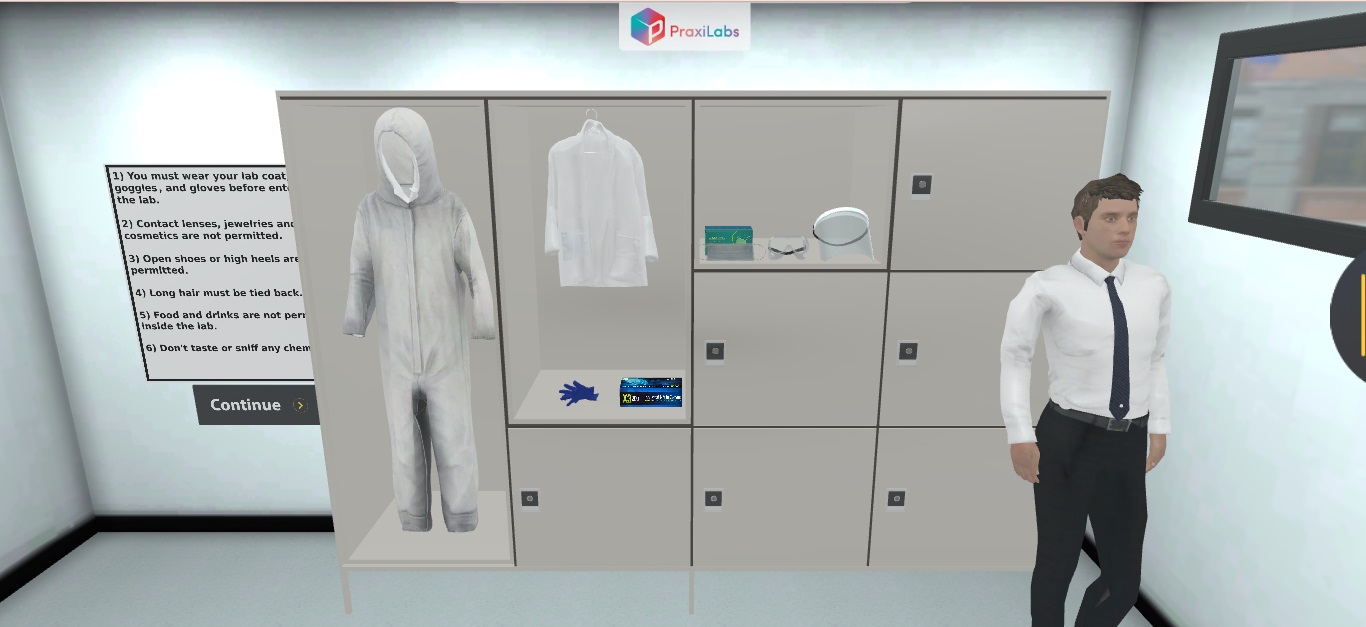





2.5M+
Active Users Worldwide
80%
Improved Learning Retention
60%
Reduction in Laboratory Costs
- Learning all safety instructions and precautions regarding working in a chemical lab.
- Learning about safety signs.
- Learning about material safety data sheets.
- Decide whether a given powder is arsenate or not.
Real experiment of identifying arsenate salt using ammonium molybdate test.
Identify different safety signs.
Recognition of laboratory safety and health problems has crystallized since the passage of the Occupational Safety and Health Act of 1970. This Act requires that certain precautions be observed to protect the safety and health of employees on the job. The employee designation includes all teachers employed by private and public school systems in States that have occupational safety and health plans accepted by the Occupational Safety and Health Administration (OSHA) of the U.S. Department of Labor (DOL). OSHA rules and regulations are provided to protect the employees and the facilities.
Students develop attitudes towards safety and acquire habits of assessing hazards and risks when they are young. Students come from diverse backgrounds and have various levels of preparation. Most of them have no previous hands-on training in handling chemicals or equipment; others may come well prepared to assume personal responsibility for risk assessment and safety planning in their experiments. The school science laboratory provides an opportunity to instill good attitudes and habits by allowing students to observe and select appropriate practices and perform laboratory operations safely. Safety and health training lays the foundation for acquiring these skills. The students should think through the implications and risks of experiments that they observe or conduct in order to learn those safe procedures are part of the way science must be done.
This test method sets out the procedure for the qualitative determination of the presence of arsenate in water by the precipitation of ammonium arsenomolybdate. This precipitate is formed when a large excess of ammonium molybdate reagent is added to a small volume of arsenate solution that is prepared in diluted nitric acid.




